Alba Carolina Fortress
Alba Iulia has been a major cultural and historical centre for centuries.

Christine Leșcu, 26.03.2016, 14:31
A thriving city during the Roman rule, a former capital of Transylvania, where the union of the Romanian provinces was proclaimed, and the place which saw the coronation of Romanias first sovereign, Alba Iulia has for centuries been a major cultural and historical centre. The city is also a tourist attraction, thanks, among other things, to the recently refurbished Carolina fortress. The citadel is famous for its gates, particularly its main one, resembling a triumphal arch, which has long been identified with the citys image. Here is Liviu Zgarciu, a historian with the National Museum of the Union based in Alba Iulia.
Liviu Zgarciu: “Shortly after Dacias conquest by the Romans in 106 CE, on the plateau where the Alba Carolina citadel lies nowadays, emperor Trajan decided to build a castrum as permanent headquarters of the Roman XIII Legion Gemina. The city of Apulum developed around that Roman castrum, and soon became the largest settlement in the Roman Dacia, with 30 thousand inhabitants in the early third century. The city was still inhabited even after the pullout of the Roman troops during emperor Aurelian. The former castrum was turned into a medieval fortress known as the city of Balgrad. In the 16th century, after 1541, when Alba Iulia became the capital of the principality of Transylvania, the city continued to develop and had two more bastions added, the bastion of the Transylvanian Saxons and the Bethlen Bastion, both of which can be still seen today.
After Transylvania became part of Austria-Hungary, in early 18th century, it became clear that a strong fortified city was needed in the region. As a result, Alba Carolina was built on the site of the Balgrad city, after the model made famous by the French military engineer Vauban, an irregular star-shaped heptagon with seven bastions. Here is more from historian Liviu Zgarciu.
Liviu Zgarciu: “The works started in November 1715, and last year the city celebrated 300 years since its foundation was laid. It was a large-scale construction work, initially coordinated by an Italian architect, Giovani Morandi Visconti. Local labour force was employed and 20 thousand peasants worked on the site for 23 years, from 1715 until 1738. Its interior is defended by 7 bastions, each bearing the name of a historical figure. It was built after the model created by the French military architect Vauban, who was famous in the time of the Sun King Louis the 14th. The Austrians faced this type of fortress in their wars against the French. Alba comes from the citys name Alba Iulia, while Carolina, from the name of Austrian emperor Charles the 6th, during whose reign the fortress was built.
It is not only its star-shaped structure and its beautiful gates that add to the attractiveness of this compound, but also the other buildings on its premises. Some of them are major cultural and education centres, such as the building of the Bathyaneum national library. Historian Liviu Zgarciu again.
Liviu Zgarciu: “When the Austrians started building the fortress they began modifying or even destroying some of the old citys buildings. When the garrison was completed, all the buildings were turned into army barracks and depots. New buildings were erected, such as the one called Babylon, which currently houses the Union Museum. It was built between 1851 and 1855. The Union Hall was built around 1900, and it was first used as an Army Club. After the 1918 Union, the compound was taken over by the Romanian army, and the building representative for the history of Romanians was the Union Hall, hosting the assembly which on December the 1st 1918 made the decision to unite the Romanian principalities of Transylvania, Banat, Crisana and Maramures with Wallachia. The first building in Romanian architectural style, the Coronation Cathedral, was erected after 1918.
The first Romanian sovereigns, King Ferdinand and Queen Marie, were crowned here on October 15th 1922.






























